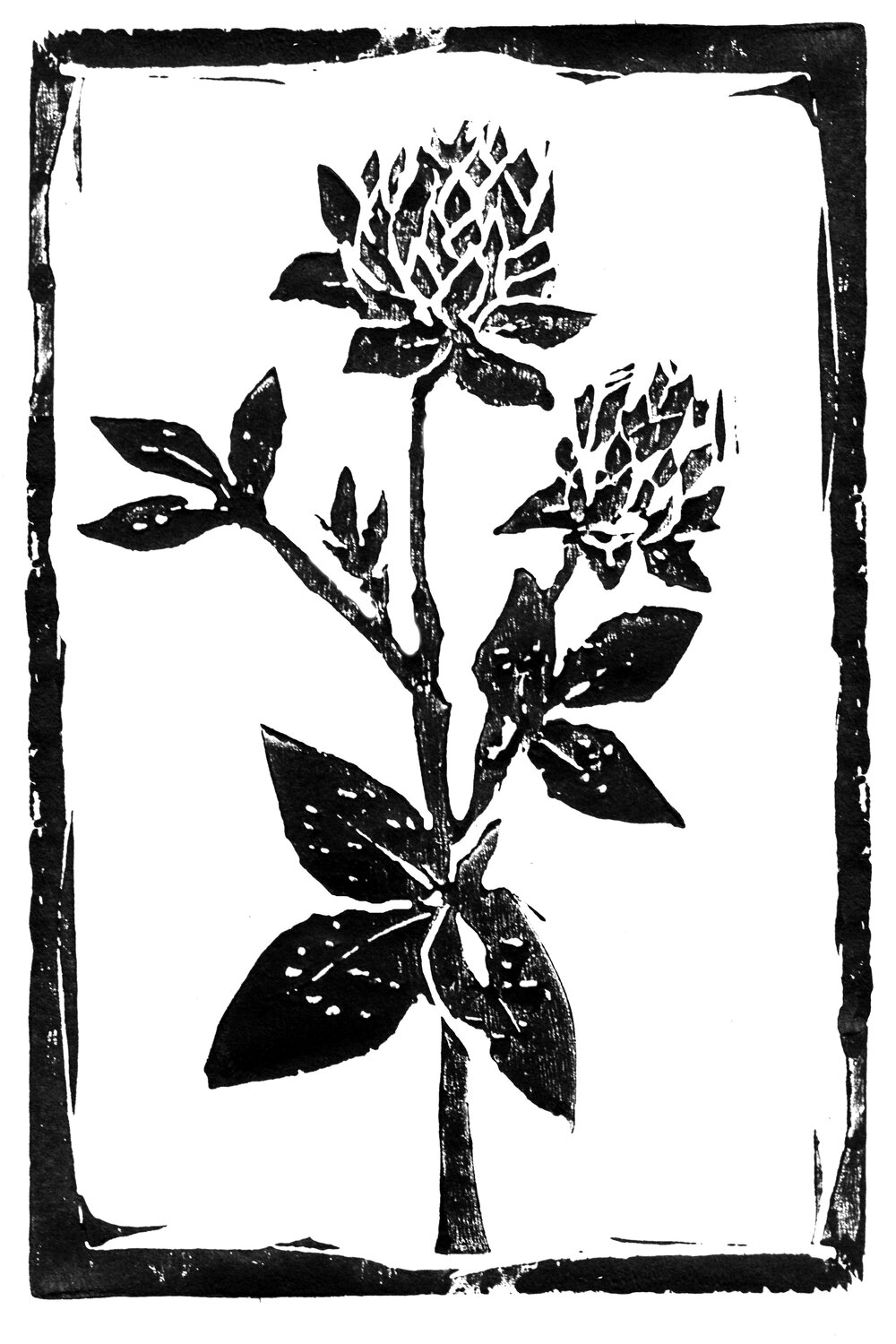Issue #2 June 8, 2016 June 8, 2016
The Share
Sugar Snap Peas
Scallions
Garlic Scapes
Broccoli or Radishes
Spinach
Kohlrabi
Lettuce
Strawberries
In the picking garden
Oregano
Thyme
Sage
Chives
Mints
Summer Savory
Marjoram
Zataar Oregano
Parsley
Minty Musings
Fresh mint is one of my favorite herbs, and goes well with many late spring vegetables. Did you know we have six types of mint in
our picking garden? (Seven, if you count catnip, which is technically a mint.)
For culinary use, chocolate, spearmint and peppermint are the mints to turn to. The flavor of any mint tends to degrade with
prolonged cooking, so cook it briefly or add near the end of your recipe. Chocolate mint and spearmint are both a bit sweeter than
peppermint to my taste.
The other three mints, applemint, mountain mint and lemon balm (which is a mint) are more aromatic but can turn bitter
when used in cooking. Apple mint and mountain mint both grow quite tall with long stems, and are a fragrant addition to flower
bouquets. Lemon balm can be used to flavor teas, and also to scent homemade lotions, hand balms and ointments.
Garlic scapes
The green curly stalks in your share this week are garlic scapes. These are the garlic plant’s flower stalk. They are tender and can
be used in place of garlic in most any recipe. Try adding some to the Cream of Any Green Soup. By harvesting these stalks, we
prevent the garlic from flowering, which makes the plant send all of its energy into the bulb.
Strawberries
They’re here! We’re sure this will not be a problem for most, but please be sure to use them within a few days. We pick them only
when absolutely ripe, so their shelf life is brief.
Limonana
An Israeli-style lemonade that features fresh mint.
2 heaping cups ice
1 cup fresh lemon juice
1/2 cup spearmint leaves
4-6 tablespoons sugar
Juice the lemons and remove mint leaves from the stalks.
Blend all ingredients until smooth. Serve with a few springs of mint. Makes 4 cups.
adapted from food.lizsteinberg.com
Sharing Bin
Is there something in your share this week that you won’t use?
Rather than not taking the item or bringing it home only to languish in the crisper, why not let someone else use it? Just put it in the Sharing Bin.
Pork & Turkeys
We still have pigs available (whole, half or quarters). Order now for pork this fall!
We are also accepting orders for Thanksgiving turkeys.
Cream of Any Green Soup
5 tablespoons butter, divided
3 tablespoons flour
3 cups milk, warmed
1 onion, chopped
one pound of greens, coarsely chopped if large
In a skillet, sauté the onion with 2 tablespoons of the butter. Add greens and season with salt. Cook until wilted.
Melt remaining butter in a saucepan. Whisk in the flour and cook a few minutes, stirring. Then slowly whisk in the warmed milk.
Add the cooked greens and puree the soup.
from Annie Metzger
Sugar Snap Peas with Scallions and Dill
Try some mint in this dish. If you do, use butter instead of oil.
1 pound sugar snap peas, strung, or winged peas
6 scallions, including some of the greens, sliced
salt and freshly milled pepper
1 tablespoon butter or olive oil
2 tablespoons chopped dill or another favored herb
Put the peas in a skillet with the scallions, a few pinches of salt, the butter and enough water to just cover the bottom. Cook until
bright green and tender, after a minute or two— taste one to be sure. If using olive oil, add a little to the pan now. Taste for salt,
season with a little pepper, and add the dill.
adapted from Vegetarian Cooking for Everyone by Deborah Madison

















